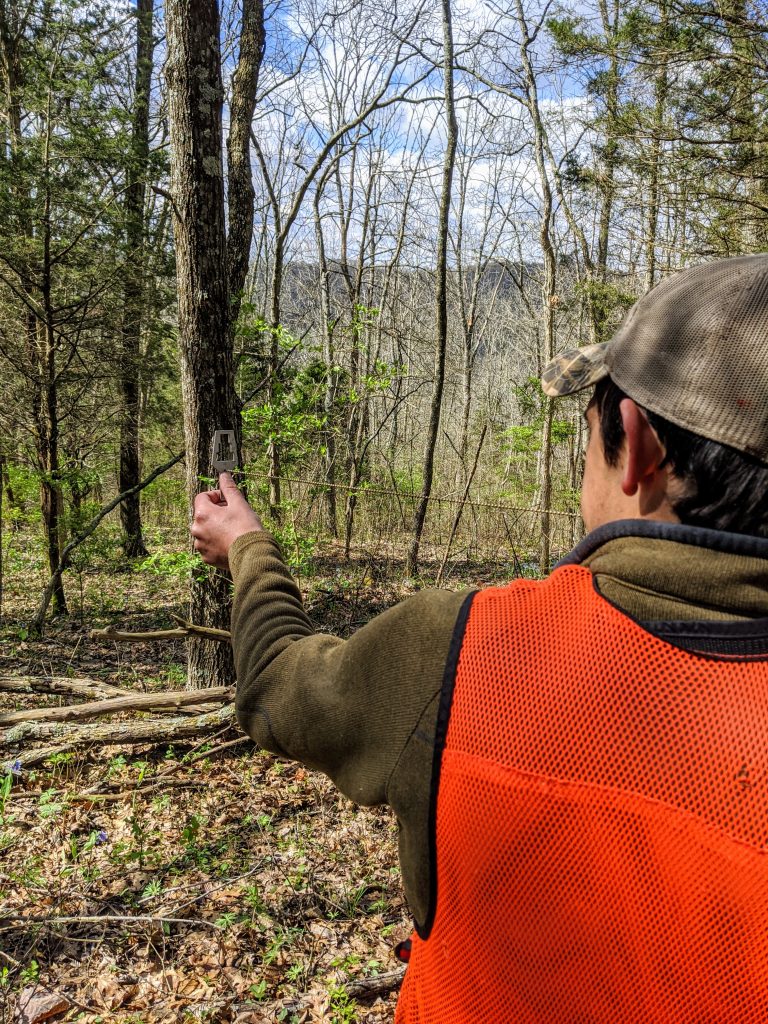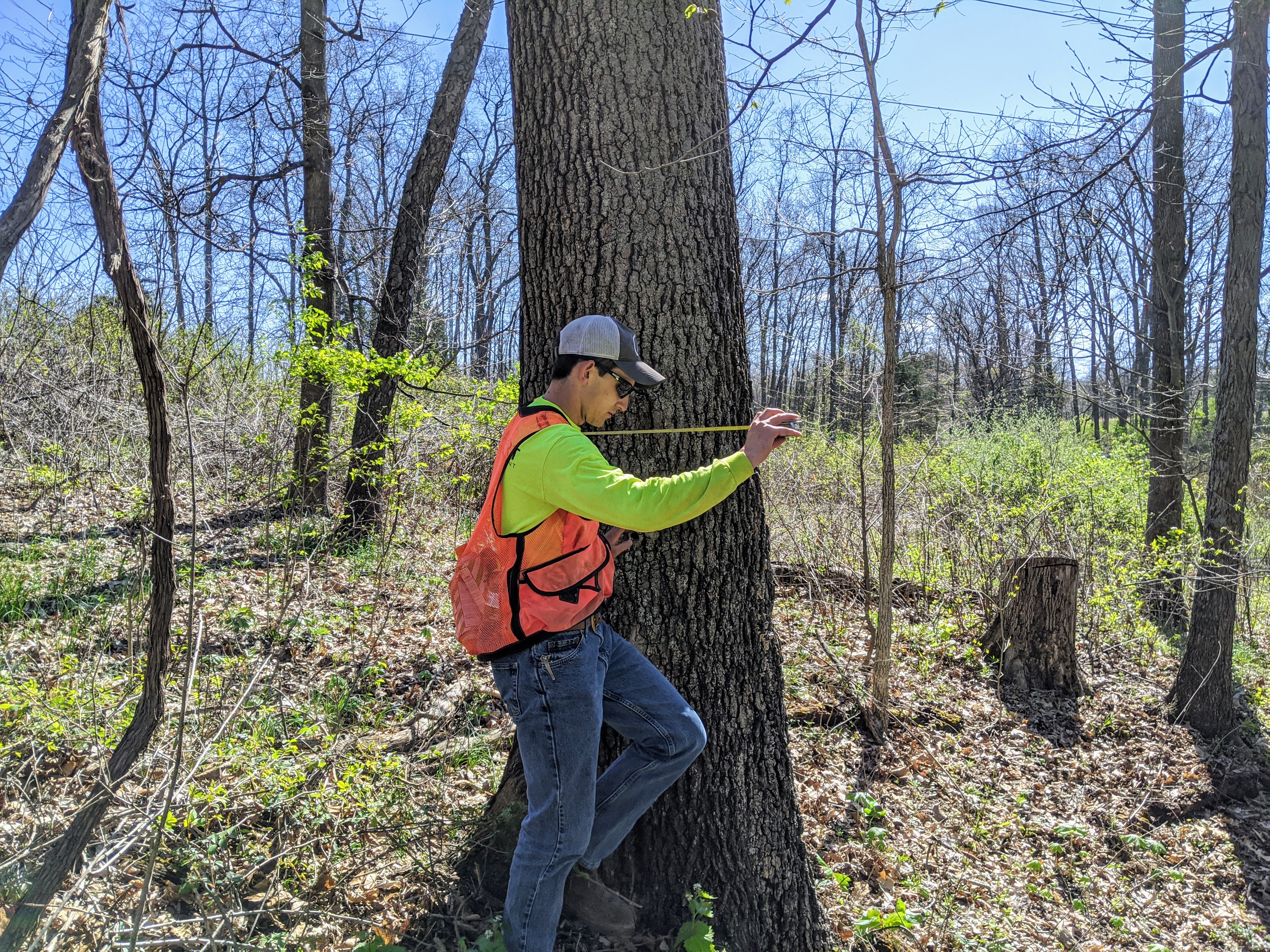Timber Stand Inventory/Forest Inventory
A timber stand inventory is a surveying method used to analyze and assess the overall health and productivity of a forest stand. The aim of a forest inventory is to provide comprehensive information about the state and dynamics of the stand to be used for strategic management prescription planning and recommendations. The statistical inventory data can also aid in determining whether a timber harvest is recommended.
How Inventory Data is Collected, Compiled, & Analyzed
Timber stand inventories are performed by surveying a property or stand of timber and recording data from location points randomly scattered throughout the timber stand. The industry standard is to collect data from a minimum of 4 data points per acre (within smaller tracts), with the optimum number of data points being 10 data points per acre (within large tracts) to sample approximately 10-20% of the stand’s timber. To avoid bias in the data, the location of sample should be predetermined and identified on a map. A handheld GPS unit is then usually utilized to navigate to each sample point from which data is collected. At each point, data is collected on the trees located within a certain radius of the data point. The variable radius sample plot is determined by utilizing a basal area factor (BAF) wedge prism to determine which trees to record data on within the plot. For each tree determined to be within the sample plot radius, data is recorded on each tree’s species, diameter at breast height (DBH), height, and the number of harvestable logs available. Notes are also taken on the presence of invasive plants (species and percent cover), vine count, and state of understory regeneration. With this collected data, statistical estimates for the number of trees per acre, board feet per acre, basal area per acre, species composition of the stand, and monetary value of the standing timber can be calculated. It is with this compiled statistical data that foresters use to examine the current dynamics of the sampled timber tract in order to draw conclusions about its current state and provide recommendations to best suit the health of forest stand. A monetary value of the standing timber (timber appraisal) can also be estimated by cross referencing the inventory data with a current timber market report.
Inventory Data Report & Timber Value/Appraisal
The resulting survey data can be summarized using various tables and diagrams, along with data interpretations and management recommendations, in the form of a documented report for landowners to keep on file and look-over while discussing findings with their forester. These inventory data reports are also a helpful tool for landowners to examine how their forestland is changing over time when subsequential inventories take place.
Contact us about a quote for conducting a timber stand inventory of your forestland.

More information:

